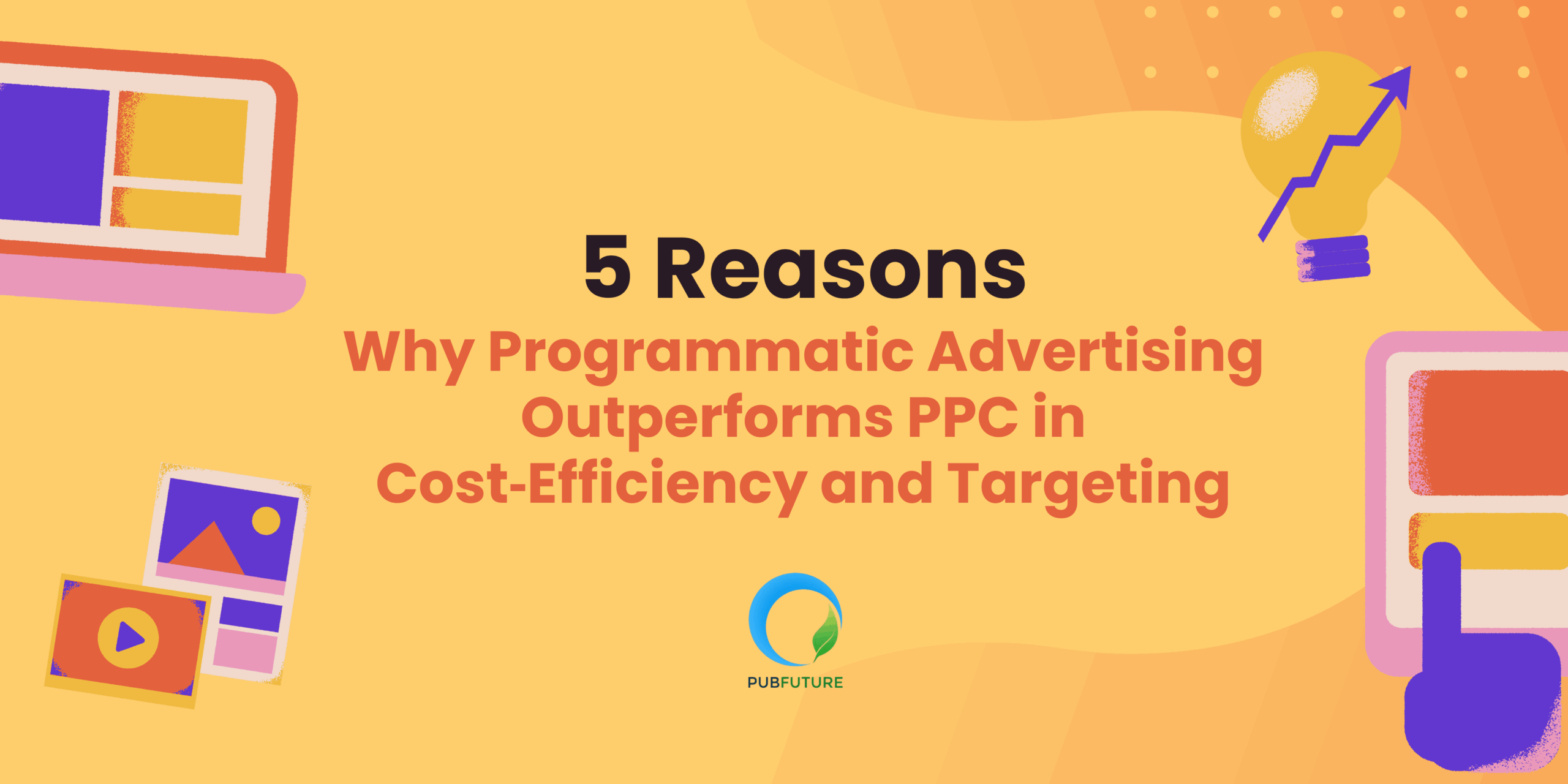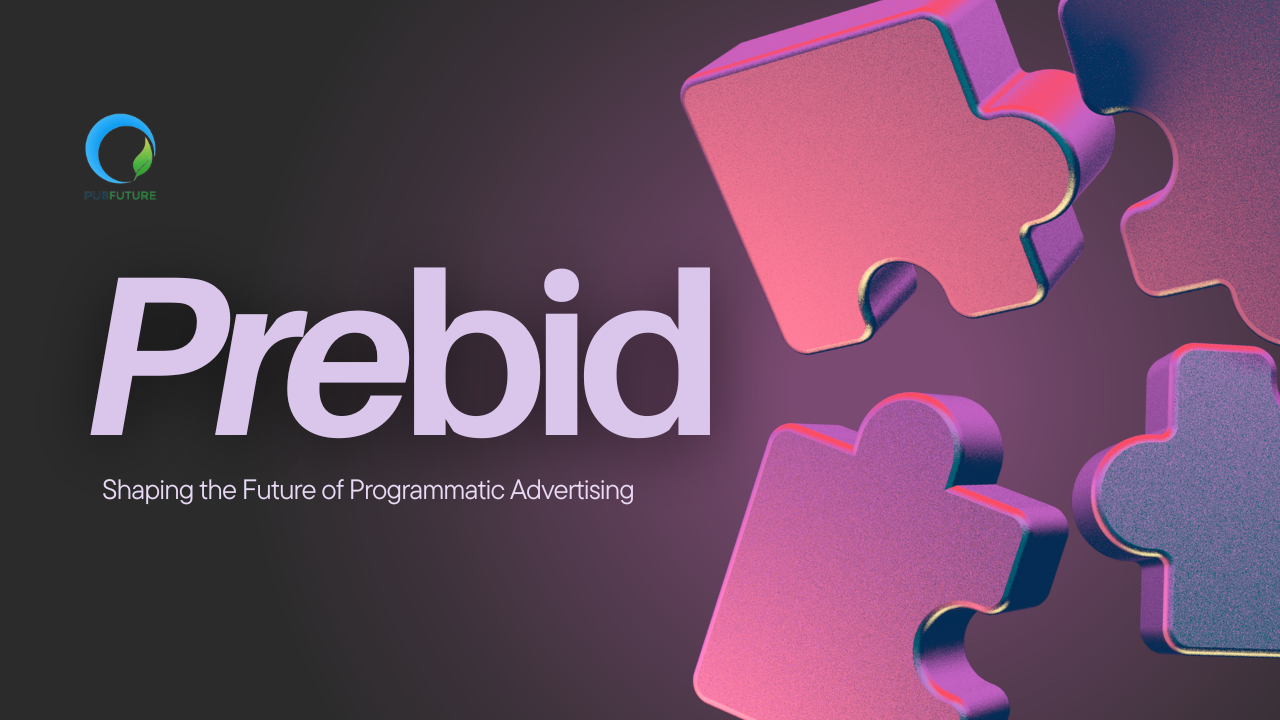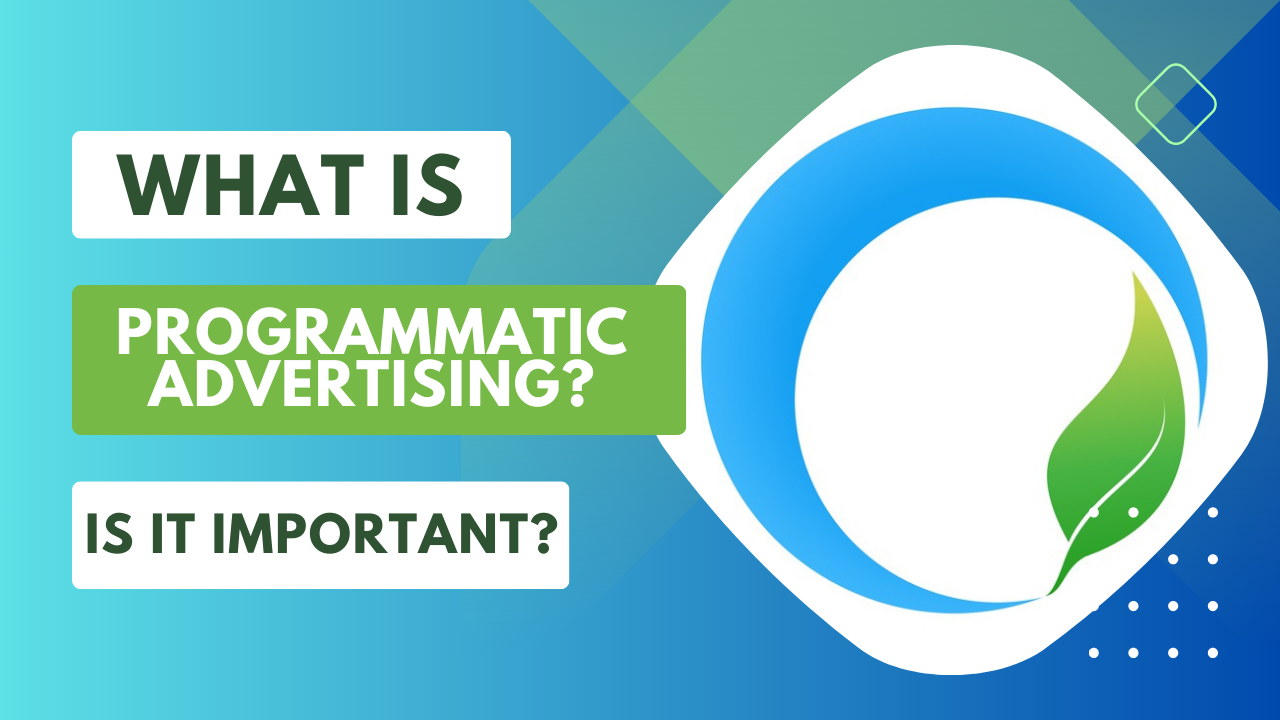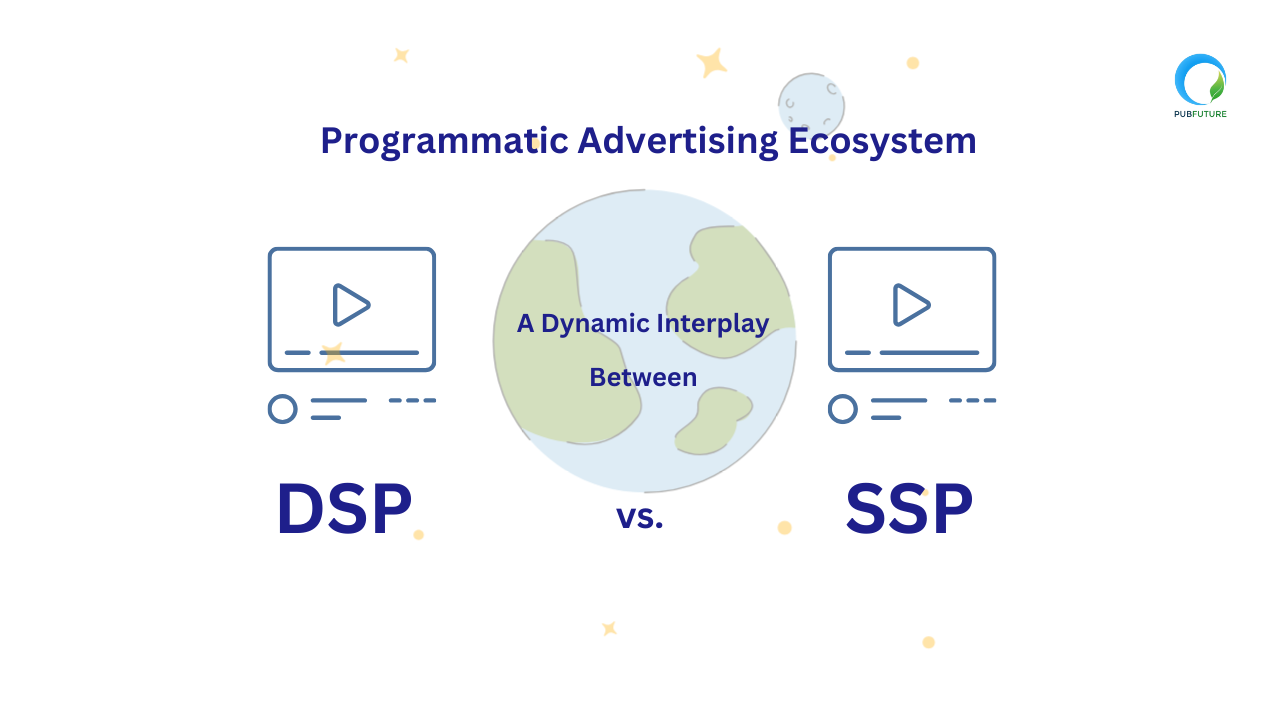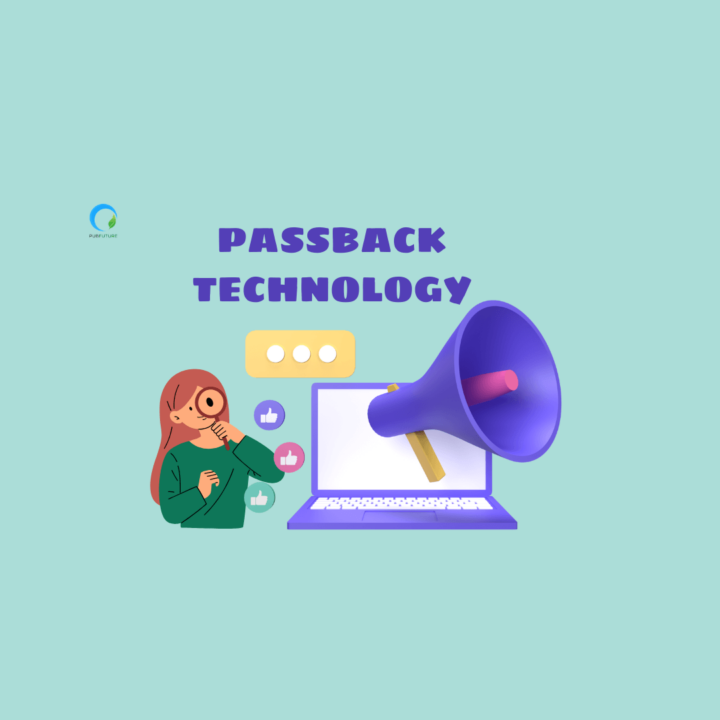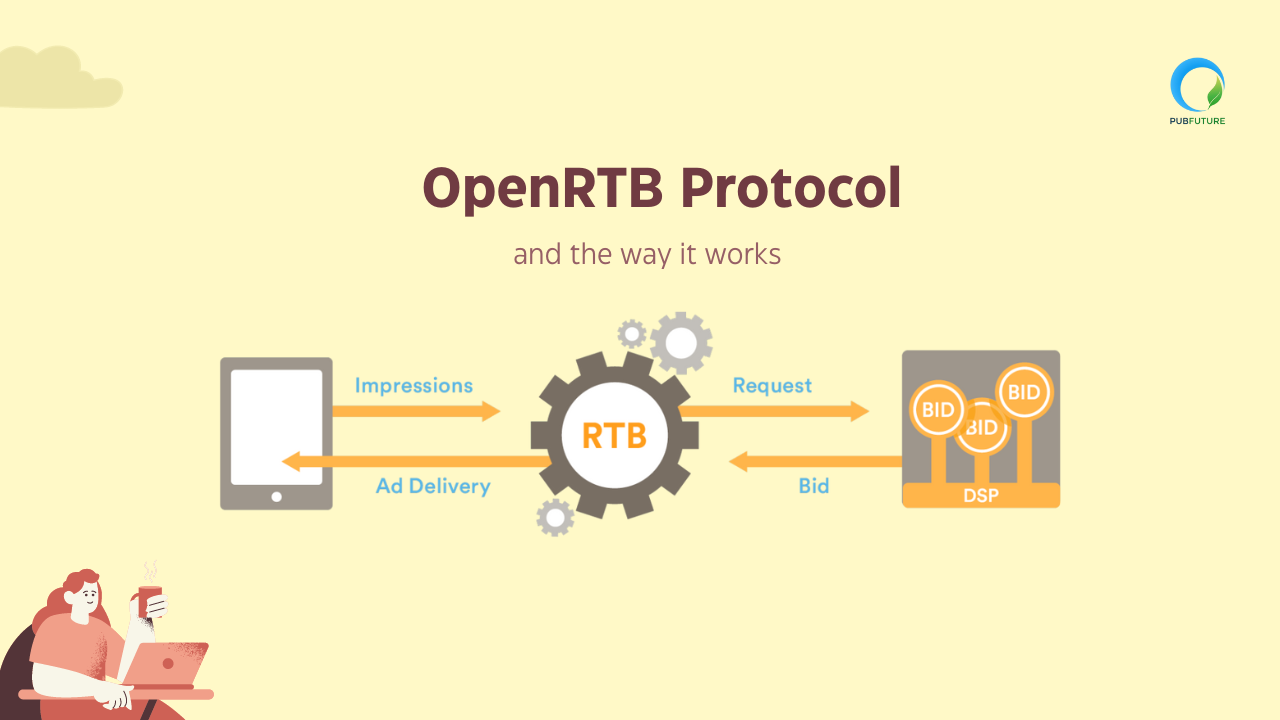In today’s fast-paced digital landscape, PPC marketing in programmatic advertising offers a smarter, more cost-effective alternative to traditional PPC. Leveraging automation, real-time bidding, and granular audience targeting, programmatic delivers better ROI, scalability, and precision. Here are five compelling reasons why it outperforms standard PPC in both cost-efficiency and targeting.
1. Automated Real-Time Bidding (RTB) Significantly Reduces Costs
Programmatic advertising relies on Real-Time Bidding (RTB), which automates the auction process for ad impressions in milliseconds. Unlike traditional PPC where marketers must manually adjust bids based on performance trends, programmatic allows machines to make split-second decisions based on live data.
- Lower cost per impression (CPM): Automation means you’re not overpaying for placements.
- Efficient budget allocation: Algorithms prioritize ad spend on high-performing segments.
- Minimal human labor: Less time adjusting bids = more focus on strategy.
Example: A retail brand running a seasonal campaign can use programmatic RTB to automatically increase bids during peak shopping hours and reduce them during off-peak, optimizing every dollar.
2. Enhanced Audience Targeting with Data-Driven Insights
PPC usually depends on keyword matching. In contrast, programmatic uses behavioral data, location targeting, device types, user interests, and even purchase intent to reach highly qualified leads.
- First-, second-, and third-party data: Combine your data with partners and platforms for holistic user profiles.
- Granular segmentation: Target based on device usage, past website activity, or psychographics.
- Dynamic creative optimization: Show different ad creatives to different audience segments in real time.
Example: An e-learning company can target users who recently browsed online education platforms and serve tailored ads based on the course topics they explored.
3. Multi-Channel Reach and Scalability
Where PPC is mostly limited to search and display networks (e.g., Google Ads, Bing), programmatic advertising extends across multiple formats and platforms:
- Display ads on publisher websites
- Video ads on YouTube and CTV (Connected TV)
- Native ads within content
- Mobile in-app advertising
This allows advertisers to:
- Reach users at multiple touchpoints in the customer journey
- Maintain consistent messaging across platforms
- Scale campaigns efficiently with centralized control
Example: A SaaS company running a B2B campaign could reach prospects through LinkedIn native ads, YouTube product demos, and retargeting banners—all managed within one DSP (Demand Side Platform).
4. Real-Time Analytics and Campaign Optimization
Programmatic platforms offer real-time performance dashboards, empowering marketers to monitor and adjust campaigns on the fly. Unlike traditional PPC campaigns that require periodic audits and manual changes, programmatic campaigns optimize automatically based on live feedback.
- Immediate insights on CTR, CPC, CPA, ROAS
- A/B testing at scale
- Automated ad rotation for best-performing creatives
Example: A travel company can immediately pause underperforming creatives and increase impressions on ads that are converting well in specific regions.
5. Higher ROI and Reduced Wasted Ad Spend
Because of its targeting precision and automation, programmatic ensures that ads are shown only to the most relevant users. This leads to:
- Fewer wasted impressions
- Lower bounce rates
- Higher conversion rates
- Improved lifetime value (LTV) from more engaged users
Advanced features like frequency capping, viewability tracking, and brand safety filters further help optimize ad placement.
Example: An online fashion retailer can cap ad views at three times per user, reducing ad fatigue while maintaining visibility—something traditional PPC struggles with.
PPC vs. Programmatic: A Quick Comparison Table
| Feature | Traditional PPC | Programmatic Advertising |
| Bidding Method | Manual keyword bidding | AI-driven real-time bidding |
| Targeting Type | Keywords, demographics | Behavioral, contextual, lookalike |
| Platforms | Google/Bing search, display | Display, mobile, video, native, CTV |
| Optimization | Manual performance adjustments | Automated, real-time optimization |
| Reporting | Delayed or manual reporting | Real-time dashboards and actionable insights |
| Creative Flexibility | Limited ad formats and static creatives | Dynamic creative optimization across formats |
| Fraud Prevention | Basic protections | Advanced fraud detection and brand safety technology |
| Campaign Scalability | Time-consuming to scale across platforms | Easily scalable through centralized DSPs |
Best Practices for PPC Marketing in Programmatic Advertising
To maximize results:
- Use long-tail keyword data to refine audience intent.
- Enable Smart Bidding strategies (e.g., target CPA or ROAS).
- Implement dynamic retargeting for abandoned cart users.
- Apply frequency caps to avoid overexposure.
- Leverage A/B testing for ad creatives and landing pages.
Conclusion
PPC marketing in programmatic advertising blends the best of both worlds—automated efficiency and strategic precision. It empowers marketers to go beyond keywords, tapping into deep audience insights, smarter bidding, and cross-channel delivery. As digital ecosystems become more complex, programmatic advertising is no longer optional; it’s essential.
If your goal is to reduce costs, increase targeting accuracy, and scale ad campaigns across devices and channels, programmatic PPC is the path forward.
Are you ready to upgrade your PPC strategy with the power of programmatic advertising?
✅ Start your free trial today and experience smarter ad performance with PubFuture.




